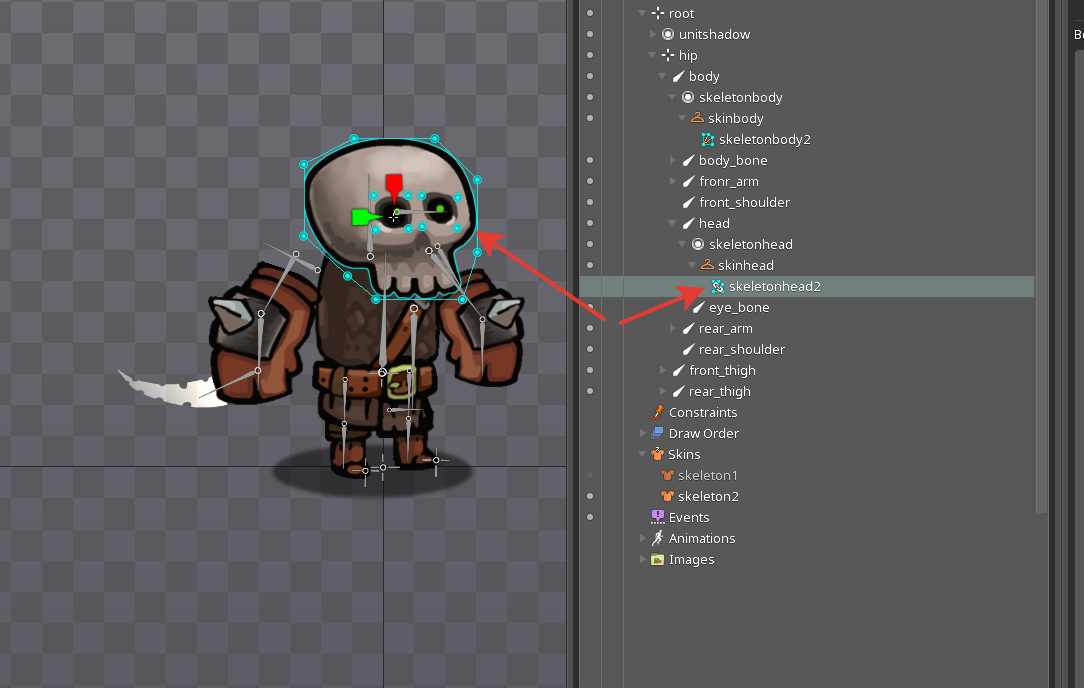

While the stacked noduli have been referred to as (horizontal) layers, no vertical divisions have been reported for these structures. Depending on the species, anywhere from two to four discrete units precariously stacked on top of one another on each side of the midline constitute the noduli. The noduli (NO) lie rostral to the PB and constitute the only paired neuropil of the central complex structures ( Fig.

The PB is vertically divided into distinct units called glomeruli (G). All insects examined to date have a protocerebral bridge (PB), a caudal neuropil that resembles mustache handlebars in shape ( Fig. The central complex is highly conserved across insect species, and while the degree of functional conservation remains largely unknown, structural conservation is strong, although there are conspicuous differences in the basic blueprint of this brain region. It is involved in coordinating locomotor behavior, including flight and various aspects of walking in flies and cockroaches (Bausenwein et al., 1986 Strauss and Heisenberg, 1993 Ilius et al., 1994 Martin et al., 1999 Ridgel et al., 2007 Bender et al., 2010) visual stripe fixation as well as the initiation, organization, and integration of behavior (Bausenwein et al., 1994) visual feature processing (Seelig and Jayaraman, 2013) sensory-guided changes in orientation and locomotion in the cockroach (Bender et al., 2010 Guo and Ritzmann, 2013) various types of memory in flies (Liu et al., 2006 Neuser et al., 2008 Pan et al., 2009 Ofstad et al., 2011 Kuntz et al., 2012) angular reach in gap crossing (Triphan et al., 2010) sleep (Donlea et al., 2011 Donlea et al., 2014) sound production during courtship (Popov et al., 2003) gravitaxis (Baker et al., 2007) and in sun-compass navigation in the locust and monarch butterfly (Heinze and Homberg, 2007 Heinze and Reppert, 2011). The central complex serves as an integration center for diverse motor, sensory, learning, and memory activities in insects. In each of these four neuropils, an intricate collection of neurons is exquisitely assembled and precisely connected to neighboring neuropils to conduct the many complex behaviors of the fly. The Drosophila central complex comprises a set of four neuropils that straddle the midline of the protocerebrum in the center of the brain. This updated map of the Drosophila central complex will facilitate a deeper behavioral and physiological dissection of this sophisticated set of structures. Revised wiring diagrams that take into account this updated architectural design are presented. Most strikingly, we found that the protocerebral bridge contains 18 glomeruli, not 16, as previously believed. This work also provides new insights into the anatomical structure of the four components of the central complex and its accessory neuropils. This report focuses on one structure of the central complex, the protocerebral bridge, and identifies just 17 morphologically distinct cell types that arborize in this structure. To this end, small populations of neurons in the Drosophila melanogaster central complex were stochastically labeled using the multicolor flip-out technique and a catalog was created of the neurons, their morphologies, trajectories, relative arrangements, and corresponding GAL4 lines. Significant gains rely on obtaining a comprehensive catalog of the neurons and associated GAL4 lines that arborize within these brain regions, and on mapping neuronal pathways connecting these structures. However, the specific roles of these intricate structures and the functional connections between them remain largely obscure. Many resident neurons have also been identified.

Progress has been made in understanding the broad spectrum of outputs from the central complex neuropils and circuits involved in numerous behaviors. The central complex plays a key role in combining various modalities of sensory information with an insect's internal state and past experience to select appropriate responses. Insects exhibit an elaborate repertoire of behaviors in response to environmental stimuli.


 0 kommentar(er)
0 kommentar(er)
